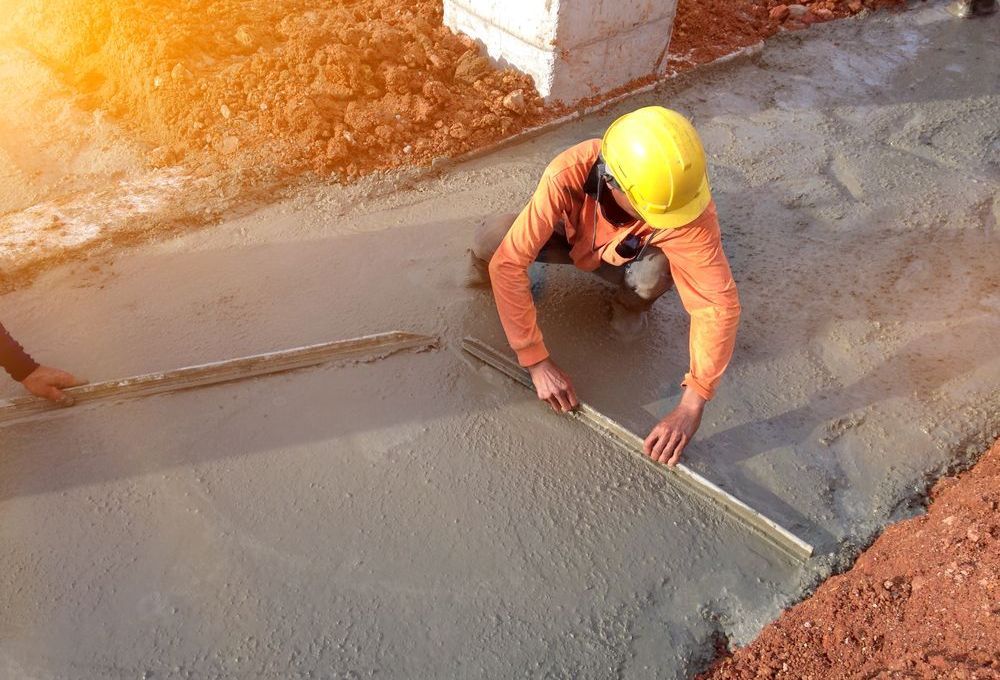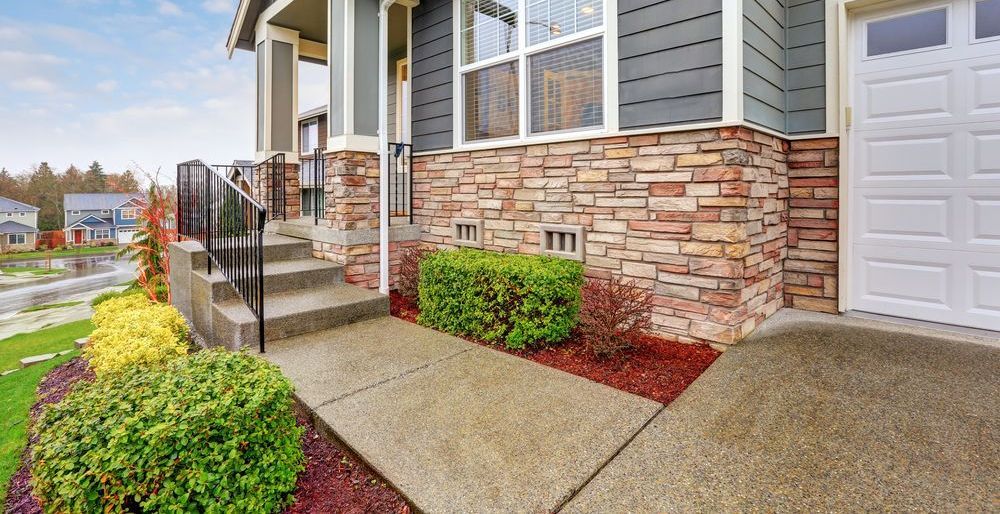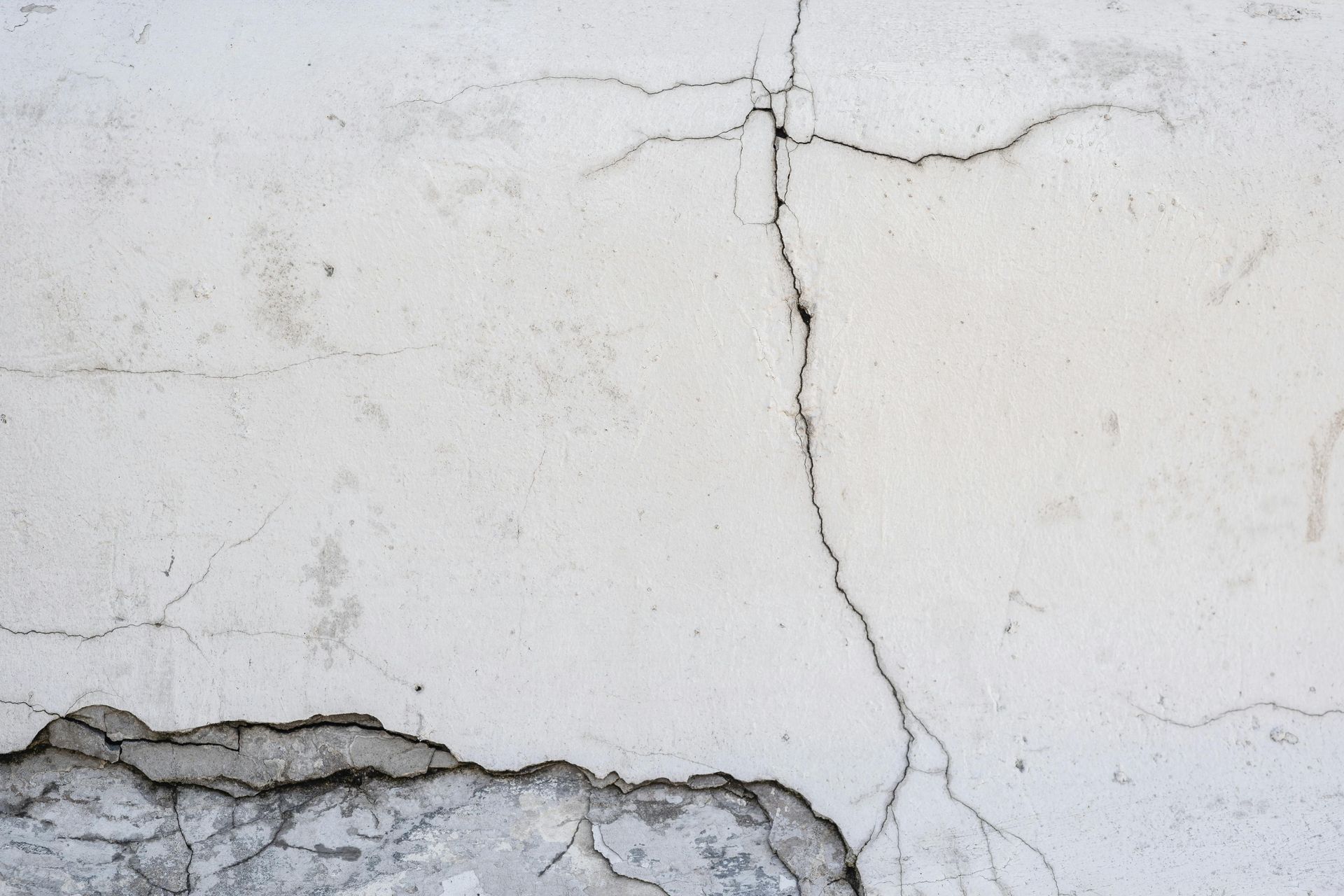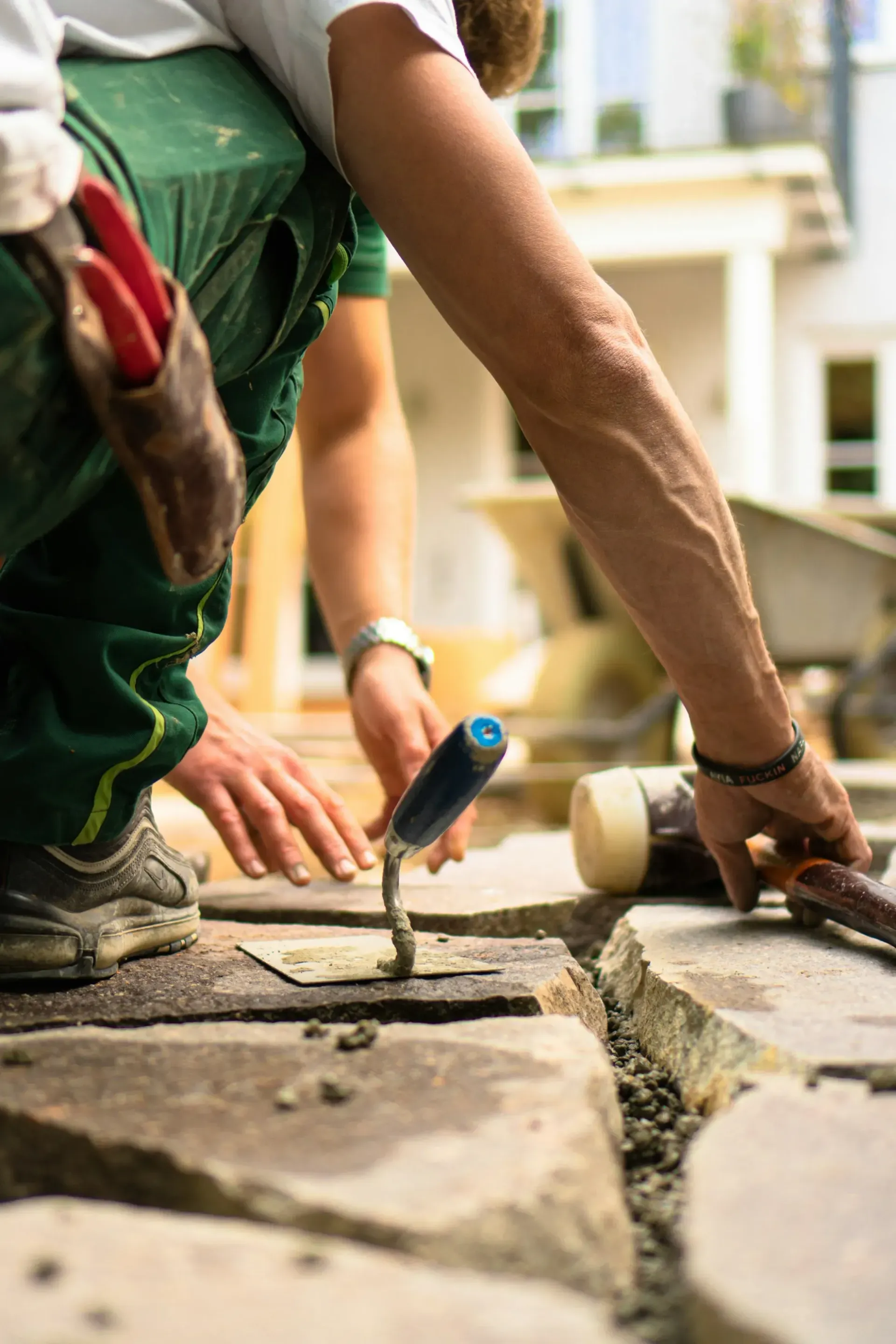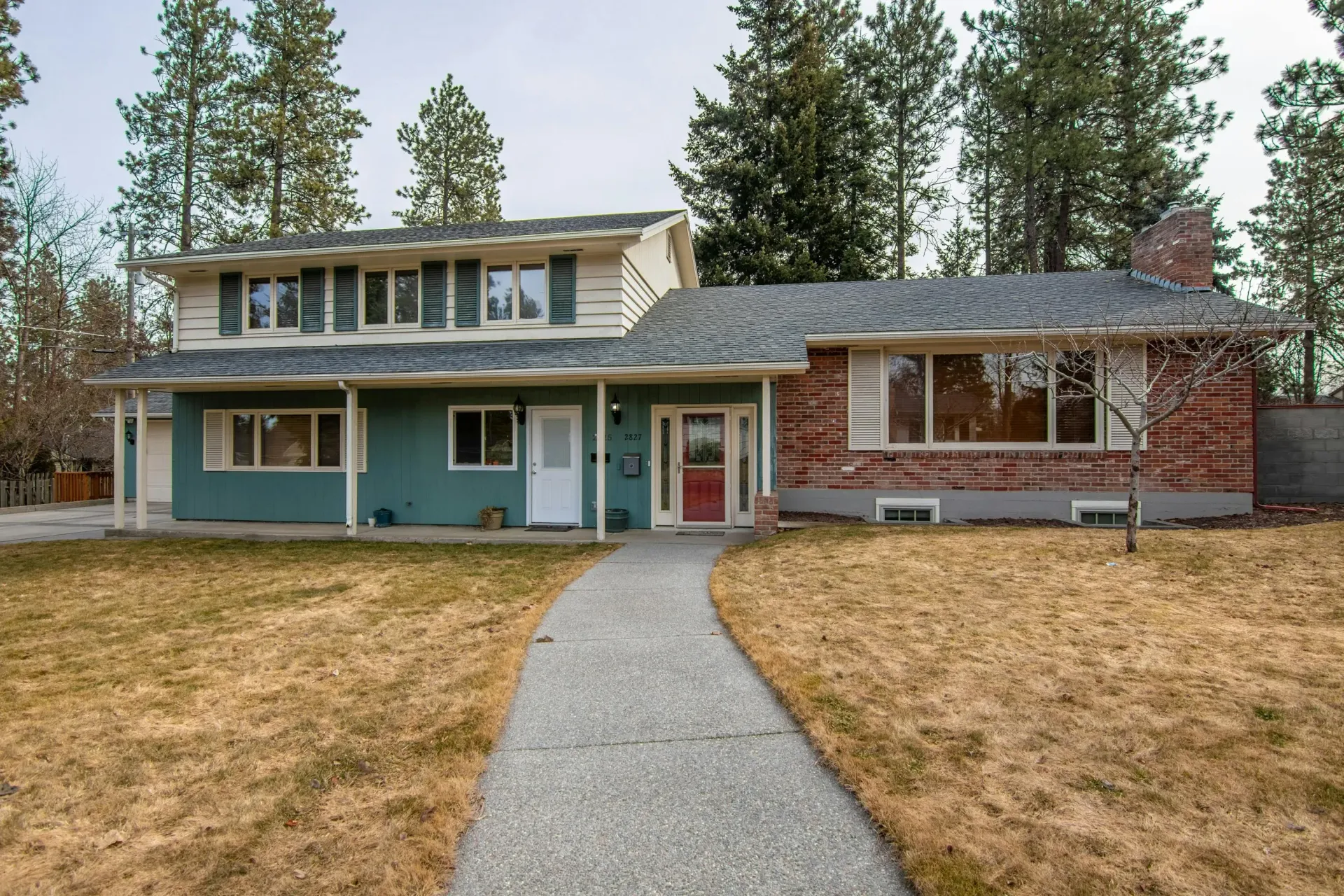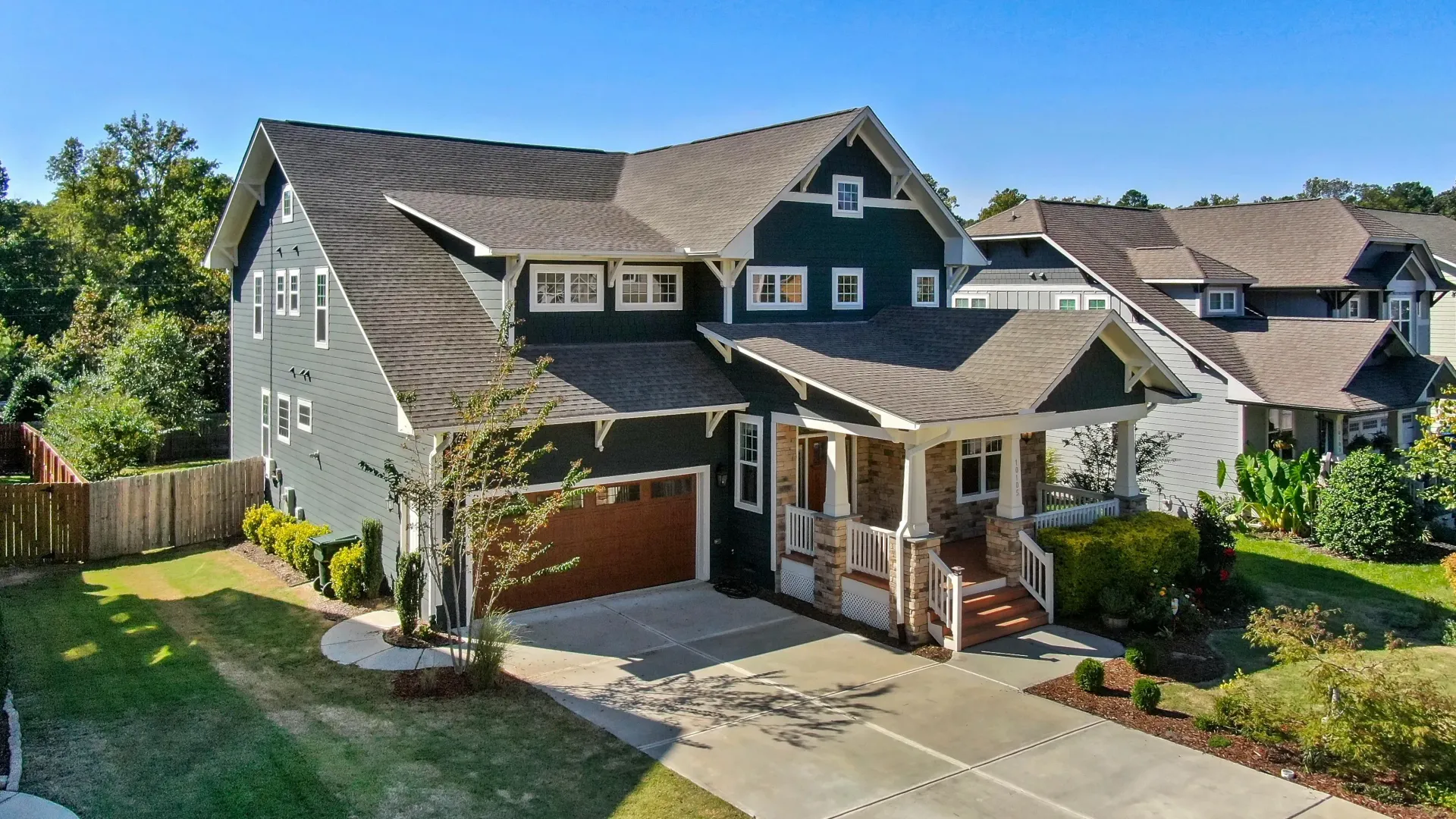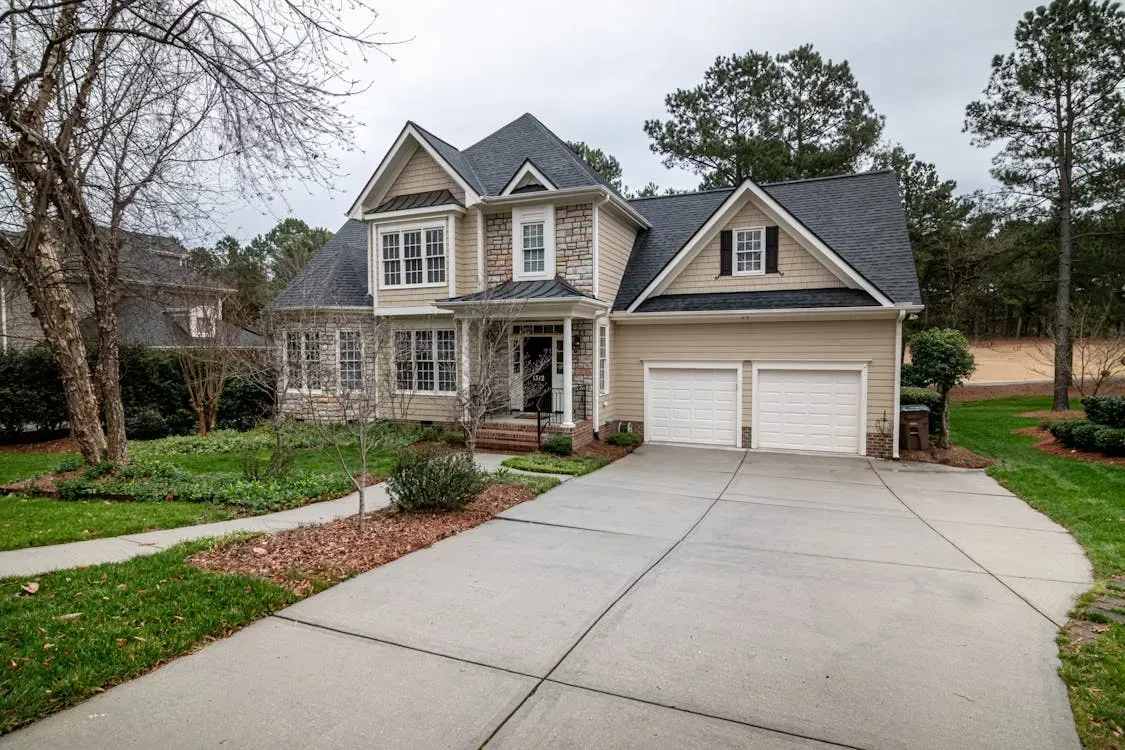Pros and Cons of Concrete Patios: Every Homeowner Should Know
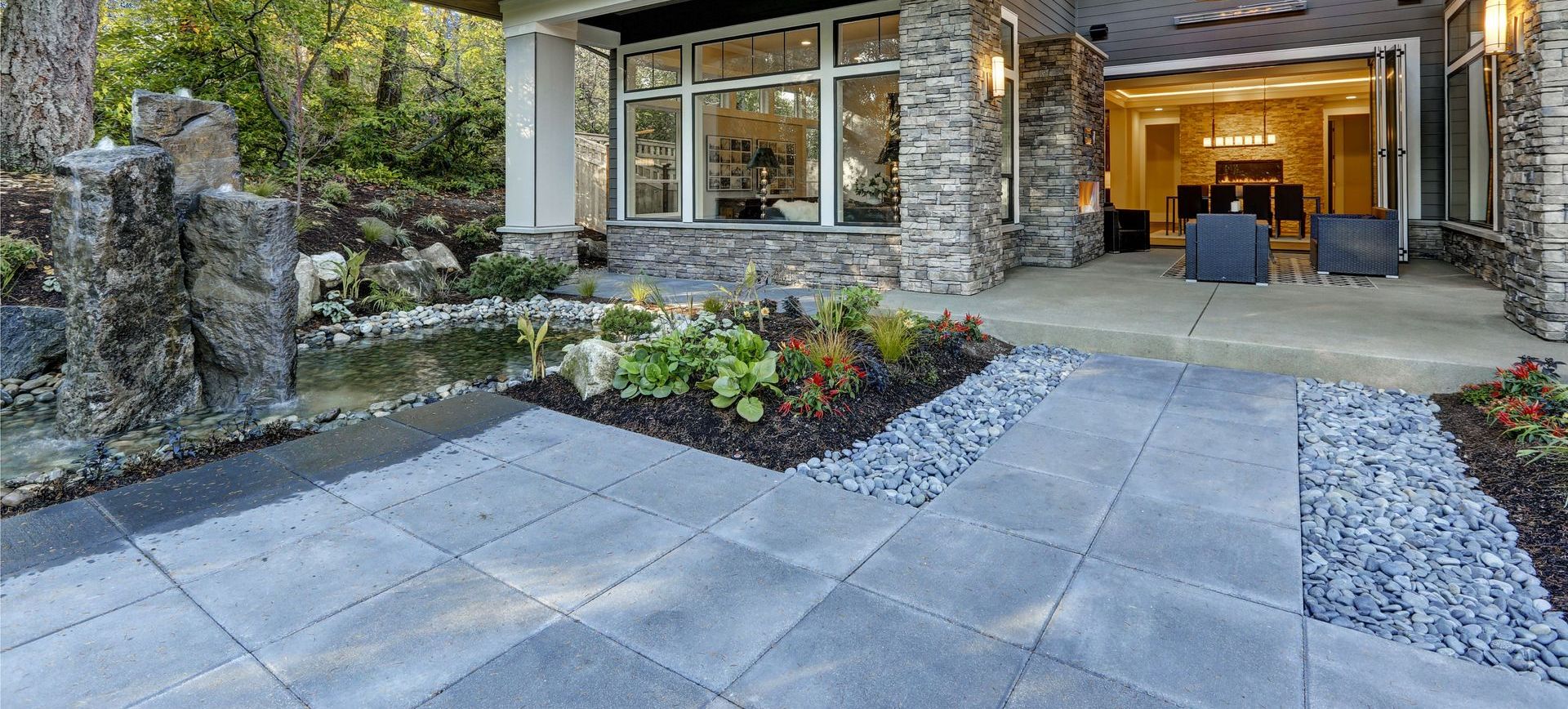
Discovering the Pros and Cons of a Concrete Patio: Essential Alternatives Every Homeowner Should Know
A concrete patio can transform any backyard, offering a solid foundation for outdoor gatherings, relaxation, and more. But before you commit, it’s essential to know both the benefits and potential downsides of choosing concrete for your outdoor space. Here, we’ll explore the pros and cons of concrete patios and dive into alternative options, helping you make the best choice for your home and lifestyle.
What are the Pros of Concrete Patios?
Concrete patios are popular for a reason. They offer a balance of strength, versatility, and low maintenance, making them a practical choice for outdoor spaces. If you're considering a concrete patio, understanding its key advantages can help you decide if it's the right fit for your needs. Let’s explore what makes concrete patios such a valuable addition to many homes.
How Concrete Offers Durability and Longevity
Concrete patios are built to last. When properly installed, they can endure heavy foot traffic, furniture, and the elements, all without cracking or wearing down easily. This resilience means you won’t be dealing with frequent repairs or replacements, making concrete a low-maintenance choice.
With basic upkeep, a concrete patio can last over 30 years, giving you solid value for your investment. Unlike wood that might rot or other materials that can fade or shift, concrete remains stable and looks great over the long haul with just occasional cleaning and resealing.
Is a Concrete Patio the Right Choice for Your Home?
Concrete patios bring a modern, clean look that suits many home styles. Whether your design is sleek and contemporary or more traditional, concrete can be customized to fit your aesthetic. With stains, stamps, and textured finishes, it’s easy to create a unique patio that matches your personal taste.
Concrete patios are also versatile in shape and size, making them adaptable to most backyard layouts. If you’re looking for a customized outdoor setup that fits your space perfectly, concrete might be the ideal choice.
Ways a Concrete Patio Can Add Functionality to Your Space
Concrete patios go beyond looks—they add real functionality to your outdoor area. The solid, level surface of concrete is perfect for setting up outdoor furniture, grills, and even fire pits, making it a great spot for entertaining or relaxing.
Plus, concrete’s stability prevents shifting or settling over time, which is particularly helpful for families looking for a safe, reliable outdoor surface. With thoughtful design, a concrete patio can truly become an extension of your indoor living space.
Understanding the Cons of Concrete Patios
While concrete patios offer many benefits, they also come with a few downsides worth considering. From potential cracking to maintenance challenges, it’s essential to weigh these factors before deciding if concrete is right for your outdoor space. Let’s take a closer look at some of the main drawbacks of concrete patios.
Why Concrete May Not Crack as Expected
Concrete is strong, but it’s not entirely immune to cracking. Changes in temperature, heavy loads, or settling soil can all lead to small cracks over time. Although some cracking is normal and can be minimized with proper installation and reinforcement, it’s something to be aware of when choosing concrete.
Additionally, if larger cracks appear, they can be more challenging to repair, often requiring professional help. So, while concrete can withstand a lot, it’s still prone to natural wear, especially in areas with extreme weather conditions.
Challenges with Repair and Maintenance
Though concrete patios are generally low maintenance, they aren’t completely hassle-free. Over time, they may need resealing to maintain their appearance and protect against stains or moisture damage. Without regular resealing, concrete can lose its color or begin to look worn, especially if exposed to the elements.
When it comes to repairs, fixing concrete isn’t always straightforward. Small cracks can be patched, but larger ones may require more extensive repairs or even resurfacing to keep the patio looking its best. In contrast to materials like pavers, where individual sections can be easily replaced, concrete repairs can be more complex and costly.
How Patio Material Choices Impact Overall Costs
While concrete is generally affordable upfront, long-term costs can add up. The need for occasional resealing, repairs, or resurfacing can add to the overall investment over time. In some cases, particularly for large patios or custom designs, these expenses may be higher than anticipated.
Compared to other materials, concrete can also be costly to remove or replace if you decide to change your patio later. For homeowners who like flexibility or plan to update their outdoor space down the line, these factors can make concrete a less appealing option.
Exploring Alternatives to a Concrete Patio
If you’re unsure whether concrete is the best fit for your patio, exploring alternative materials can give you more options to consider. Pavers, natural stone, and stamped concrete each offer unique benefits that might suit your style, budget, or maintenance preferences better. Let’s dive into these alternatives to see how they compare to concrete.
Comparing Paver Patios and Their Benefits
Paver patios are a popular alternative to concrete, offering a unique blend of durability and flexibility. Made from materials like brick, stone, or concrete, pavers come in various colors, shapes, and sizes, making them easy to customize for your space. Because pavers are installed individually, they’re less prone to cracking than solid concrete slabs, which makes repairs easier—damaged pavers can be replaced one by one.
Another benefit of pavers is that they offer better drainage, reducing the risk of water pooling. This feature can help extend the lifespan of the patio and maintain its appearance over time. For homeowners who prioritize flexibility and low-maintenance repair, pavers may be an ideal choice.
Benefits of Natural Stone for a New Patio
Natural stone patios offer a distinct, high-end look that enhances any outdoor area. Materials like flagstone, slate, or limestone add a unique and natural appeal that’s hard to replicate with other materials. Each stone is unique in shape and texture, giving your patio a one-of-a-kind appearance that blends beautifully with natural surroundings.
Though natural stone is more expensive upfront, its durability and timeless appearance can make it a worthwhile investment. Stone is also less prone to cracking than concrete and often requires minimal maintenance beyond basic cleaning. However, keep in mind that some stones can become slippery when wet and may need occasional sealing to retain their color and integrity.
Is Stamped Concrete Patio a Viable Option?
Stamped concrete offers a way to get the durability of concrete with the look of more expensive materials like stone or brick. By adding patterns, textures, and colors to the concrete, you can achieve a more decorative finish that resembles other materials without the added cost. This can be a budget-friendly option if you want the look of natural stone or pavers without the higher price tag.
However, stamped concrete does have some drawbacks. It can be more prone to cracking, especially if not properly installed, and repairs on stamped concrete can be more challenging than on regular concrete due to the patterns. Also, stamped concrete requires regular sealing to maintain its appearance, so keep that in mind if you’re looking for a low-maintenance option.
How to Decide if a Concrete Patio is Right for You?
Deciding on a concrete patio involves more than just considering cost or appearance. It’s essential to evaluate how well it aligns with your lifestyle, design preferences, and long-term plans for your outdoor space. Here’s a guide to help you weigh the factors and make the right choice for your home.
Factors in Choosing a Concrete Patio
When choosing a concrete patio, think about your climate and how much maintenance you’re willing to take on. If you live in an area with harsh winters, for instance, concrete may be more prone to cracking. However, if your climate is mild, concrete can hold up well with minimal care.
Consider also how long you plan to stay in your home. Concrete patios offer durability, making them a good option for homeowners seeking a long-lasting solution. If you’re looking for a patio that will stay intact for years without frequent repairs, concrete may be a smart investment.
Evaluating Your Outdoor Living Space Needs
Before committing to concrete, think about how you plan to use your outdoor space. Concrete patios are versatile and can accommodate everything from seating areas to outdoor kitchens, but it’s essential to design a layout that meets your needs. For example, if you plan to have an area for heavy furniture or outdoor dining, concrete’s strength can support these features.
Additionally, concrete works well for larger patios because it provides a clean, continuous surface without the interruptions of paver seams. If you envision a spacious area for gatherings or outdoor activities, concrete may offer the seamless look and function you need.
Determining if a Patio Can Add Functionality Without Sacrificing Style
While concrete is often seen as a simple, industrial material, it offers a surprising range of style options. With various staining, stamping, and finishing techniques, you can add character to your concrete patio to match your home's aesthetic. Whether you want a sleek, polished finish or a rustic, textured surface, concrete can adapt to fit your vision.
Concrete’s versatility means you don’t have to compromise between functionality and style. By choosing the right design elements, you can create a patio that’s as stylish as it is practical.
Comparing Concrete Patios with Other Materials
When selecting a patio material, comparing concrete with alternatives like pavers, natural stone, or decorative options can help clarify the best fit for your needs. Each material has its own strengths, whether it's cost-effectiveness, durability, or style versatility. Let’s look at how concrete stacks up against other popular choices.
Is a Patio as Opposed to Pavers More Cost-Effective?
Concrete patios are typically more affordable upfront than paver patios, making them a budget-friendly option. Pavers, while beautiful and customizable, often involve a higher initial cost due to the labor-intensive installation and the cost of individual units. Concrete’s smooth, single-slab installation can keep costs down, especially for larger patios.
However, pavers offer greater flexibility when it comes to repairs. While concrete may require more costly fixes over time, damaged pavers can often be replaced individually, potentially lowering maintenance expenses. For homeowners focused on long-term cost savings and easy repair, pavers might offer an advantage.
Considering Durability: Which Lasts Longer?
Both concrete and pavers are durable choices, but each material handles wear differently. Concrete is strong and long-lasting, with a lifespan of 30 years or more when maintained. However, it can be prone to cracking, particularly in areas with extreme weather or shifting soil.
Pavers, on the other hand, are naturally crack-resistant. Because they’re installed in separate pieces, they can expand and contract without damage, making them a great choice for regions with freeze-thaw cycles. If longevity and resistance to cracking are top priorities, pavers may be a better fit for your climate and maintenance expectations.
The Role of Decorative Concrete in Modern Outdoor Spaces
Decorative concrete has gained popularity for its ability to mimic high-end materials at a lower cost. With stamped patterns, stains, and textured finishes, concrete can replicate the look of stone, brick, or even wood. This versatility allows you to achieve a custom look without the high price tag of natural materials.
Decorative concrete offers homeowners the flexibility to match any style, from contemporary to rustic. However, it does require regular sealing to maintain its appearance and may need touch-ups over time to prevent fading. For those who prioritize style and are willing to invest in occasional upkeep, decorative concrete can be an attractive and affordable way to enhance an outdoor space.
Conclusion
Concrete patios offer a solid and durable choice for homeowners looking to enhance their outdoor living space. From providing a long-lasting surface that can withstand the elements to offering design versatility with decorative finishes, concrete is a practical and stylish option. However, it’s essential to consider both the benefits and potential drawbacks, as well as explore alternatives like pavers and natural stone, to find the best fit for your lifestyle and budget.
Whether you’re looking for a straightforward concrete patio or something with more decorative flair, working with a trusted contractor can make all the difference. If you’re in the Grand Island, Nebraska area, Maine Street Concrete is a top choice for quality concrete services. With expertise in everything from concrete patios and sidewalks to retaining walls and decorative finishes, they bring professional installation and lasting craftsmanship to each project.
Ready to transform your outdoor space with a new concrete patio, driveway, or walkway? Trust Maine Street Concrete for all your residential and commercial concrete needs. Serving Grand Island, Nebraska, they specialize in concrete driveways, patios, sidewalks, decorative concrete, and retaining wall installations. Reach out to Maine Street Concrete today to get a quote and start planning your next project. Let their experience and dedication help you create a durable, beautiful outdoor space you’ll enjoy for years to come.
FAQs
What are the pros and cons of concrete patios?
The pros of using concrete for a patio include durability, low maintenance, and versatility in design options like colored concrete. However, the cons include potential for cracking, need for sealing, and a less natural look compared to pavers and natural stone patios.
Is a concrete patio the right choice for a homeowner?
A concrete patio is the right choice if you're looking for a cost-effective, durable, and versatile surface. However, if you prefer a more natural look, you might consider pavers or stone patios.
How does the cost of a paver patio compare to concrete?
The cost of a paver patio is generally higher than concrete due to the materials and labor involved. However, pavers offer a more natural appearance and may not crack as easily as concrete.
What is stamped concrete and whether it is a good option?
Stamped concrete is a special product that mimics the look of other materials like brick or stone. It is a good option if you want the aesthetic appeal of these materials without the higher cost.
Does colored concrete offer any advantages for patios?
Colored concrete offers the advantage of customization, allowing homeowners to match their patio with the existing decor or landscape. It typically uses colored pigments mixed into the concrete.
How often should a concrete patio be sealed?
It's recommended to seal a concrete patio every 2–3 years to protect it from stains, moisture, and wear. Sealing helps maintain its appearance and durability.
Will a concrete patio last as long as other materials?
A concrete patio will still be functional for many years if properly maintained. While it is also more durable than some materials, it may not offer the same longevity as natural stone patios.
What is one advantage of using concrete for a patio?
One advantage of using concrete for a patio is its durability. Concrete is strong and can withstand heavy use and assorted weather conditions.
What is the return on investment of concrete patios?
The return on investment of concrete patios is generally good due to their affordability and durability. They add functional outdoor space to a home, which can be attractive to potential buyers.
Should homeowners consider a material other than concrete for their patio?
Homeowners should consider a material other than concrete if they desire a more natural appearance or if they are concerned about cracking. Alternatives like pavers and natural stone offer these benefits but at a higher cost.


